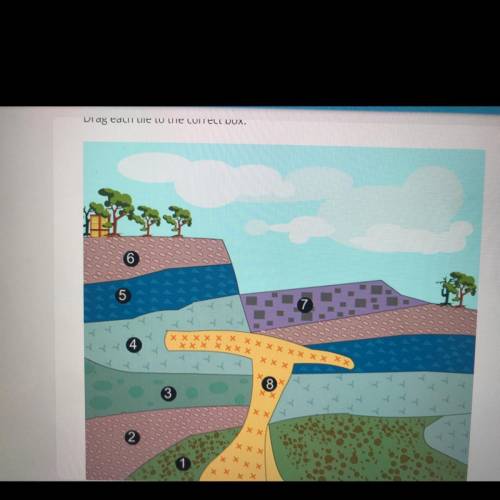
Answers: 1
Another question on Physics

Physics, 22.06.2019 03:00
Dinate system, and a charge q = - 2.00 nc is placed s2 10 n> c. (a) what is the change in electric potential energy when the dipole moment of a molecule changes its orientation with respect to es from parallel to perpendicular? (b) at what absolute temperature t is the average translational kinetic energy 32 kt of a molecule equal to the change in potential energy calculated in part(: abovethistemperature,thermalagitationprevents the dipoles from aligning with the electric field.) placed in a uniform electric field e with magnitude 1.6 * 6 on the positive x-axis at x = 4.00 cm. (a) if a third charge q3 = +6.00 nc is now placed at the point x = 4.00 cm, y = 3.00 cm, find the x- and y-components of the total force exerted on this charge by the other two. (b) find the magnitude and direction of figure p21.62 ll uu 21.55 . torque on a dipole. an electric dipole with dipole moment ps is in a uniform external electric field es. (a) find the orientations of the dipole for which the torque on the dipole is zero. (b) which of the orientations in part (a) is stable, and which is unstable? (hint: consider a small rotation away from the equi- librium position and see what happens.) (c) show that for the stable orientation in part (b), the dipole’s own electric field tends to oppose the external field. 21.62 ..
Answers: 1

Physics, 22.06.2019 07:30
Some material consisting of a collection of microscopic objects is kept at a high temperature. a photon detector capable of detecting photon energies from infrared through ultraviolet observes photons emitted with energies of 0.3 ev, 0.5 ev, 0.8 ev, 2.0ev, 2.5ev, and 2.8ev. these are the only photon energies observed. (a) draw and label a possible energy-level diagram for one of the microscopic objects, which has four bound states. on the diagram, indicate the transitions corresponding to the emitted photons. explain briefly. (b) would a spring–mass model be a good model for these microscopic objects? why or why not? (c) the material is now cooled down to a very low temperature, and the photon detector stops detecting photon emissions. next, a beam of light with a continuous range of energies from infrared through ultraviolet shines on the material, and the photon detector observes the beam of light after it passes through the material. what photon energies in this beam of light are observed to be significantly reduced in intensity (“dark absorption lines”)? explain briefly.
Answers: 3

Physics, 22.06.2019 14:30
Multiply or divide to make this english distance conversion. 174 inches = feet (14.5, 58, 2,088, 23)
Answers: 2

Physics, 22.06.2019 15:20
Aphoton is absorbed by an electron that is in the n = 3 state of a hydrogen atom, causing the hydrogen atom to become ionized. very far away from the nucleus, the released electron has a velocity of 750,000 m/s. what was the wavelength of the absorbed photon?
Answers: 2
You know the right answer?
Arrange the layers from youngest to oldest
...
...
Questions






History, 04.07.2019 22:20


History, 04.07.2019 22:20



Mathematics, 04.07.2019 22:20

Mathematics, 04.07.2019 22:20

History, 04.07.2019 22:20

Mathematics, 04.07.2019 22:20

Computers and Technology, 04.07.2019 22:20

Mathematics, 04.07.2019 22:20

Mathematics, 04.07.2019 22:20

History, 04.07.2019 22:20

Biology, 04.07.2019 22:20




